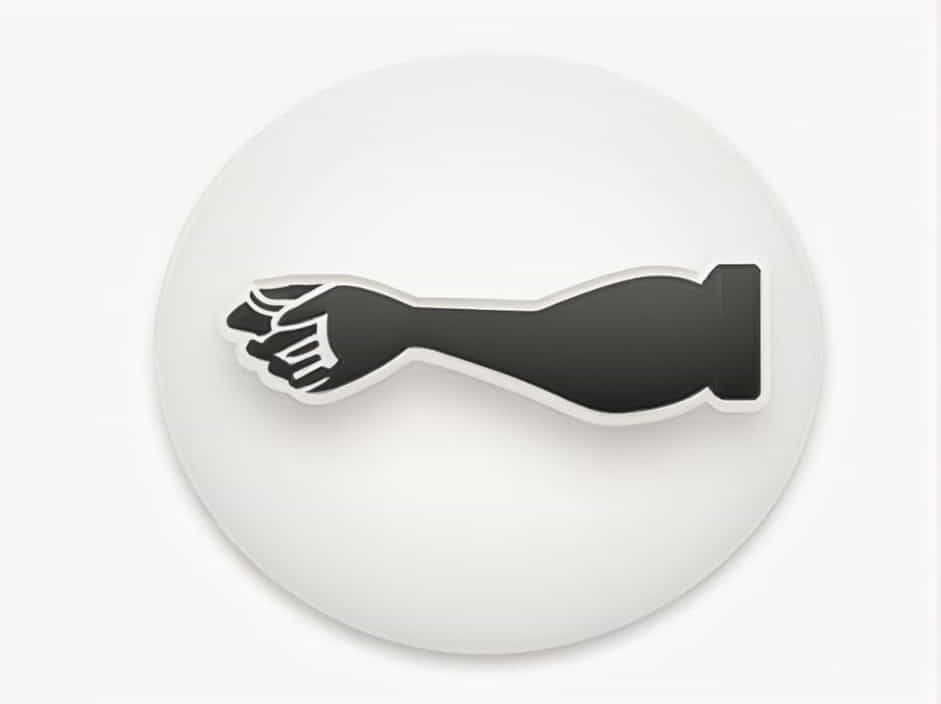Arm movement is essential for daily activities, from lifting objects to reaching overhead. Abduction of the arm, which refers to moving the arm away from the body’s midline, is primarily controlled by two important muscles: the deltoid and the supraspinatus. These muscles work together to facilitate smooth and efficient shoulder movement. Understanding their anatomy, functions, and potential injuries can help in maintaining shoulder health and preventing movement restrictions.
What Is Arm Abduction?
Arm abduction is the movement of the arm away from the body in the frontal plane. This action is necessary for movements like reaching for objects, waving, and participating in sports. The primary muscles responsible for abduction are the deltoid and supraspinatus.
Muscles Responsible for Arm Abduction
1. Deltoid Muscle
Anatomy of the Deltoid
The deltoid muscle is a large, triangular-shaped muscle covering the shoulder. It consists of three distinct parts:
- Anterior (front) fibers – Assist in shoulder flexion.
- Middle (lateral) fibers – Responsible for arm abduction.
- Posterior (back) fibers – Assist in shoulder extension.
Function of the Deltoid in Abduction
- The middle fibers of the deltoid are the primary movers in arm abduction beyond 15 degrees.
- This muscle becomes most active after the supraspinatus initiates the first phase of abduction.
- It provides strength and stability to the shoulder joint during overhead movements.
Common Injuries of the Deltoid
The deltoid muscle is prone to strain and overuse injuries, particularly in athletes and individuals who perform repetitive overhead activities. Common issues include:
- Muscle strains from excessive lifting.
- Tendonitis due to repetitive shoulder use.
- Deltoid weakness leading to difficulty in lifting the arm.
2. Supraspinatus Muscle
Anatomy of the Supraspinatus
The supraspinatus is a small but crucial muscle located in the rotator cuff of the shoulder. It lies above the scapula (shoulder blade) and passes under the acromion (a bony projection of the shoulder blade).
Function of the Supraspinatus in Abduction
- The supraspinatus initiates the first 15 degrees of arm abduction.
- After this initial movement, the deltoid takes over to complete the motion.
- It plays a significant role in stabilizing the shoulder joint by preventing the humeral head from shifting upwards.
Common Injuries of the Supraspinatus
Because of its location and function, the supraspinatus is highly susceptible to injuries, particularly in individuals who perform repetitive overhead movements. Common injuries include:
- Supraspinatus tendinitis – Inflammation due to overuse.
- Rotator cuff tears – Partial or complete tears affecting shoulder mobility.
- Impingement syndrome – Compression of the supraspinatus under the acromion.
How the Deltoid and Supraspinatus Work Together
Both muscles coordinate shoulder abduction:
- The supraspinatus initiates the first 15 degrees of abduction.
- The deltoid takes over beyond 15 degrees and completes the movement up to 90 degrees.
- Additional muscles, such as the trapezius and serratus anterior, assist in full overhead movement beyond 90 degrees.
This coordinated effort ensures smooth, controlled movement and prevents shoulder instability.
Exercises to Strengthen the Deltoid and Supraspinatus
Maintaining strength in these muscles is crucial for shoulder function and injury prevention. Here are some effective exercises:
1. Lateral Raises (Deltoid Focused)
- Stand with a dumbbell in each hand.
- Slowly lift the arms out to the sides until they reach shoulder height.
- Lower back down with control.
- Perform 3 sets of 10-12 reps.
2. Empty Can Exercise (Supraspinatus Focused)
- Hold a light weight with arms extended at 30 degrees in front.
- Rotate thumbs downward (as if emptying a can).
- Lift the arms slightly above shoulder height.
- Perform 3 sets of 10 reps.
3. Shoulder External Rotation (Rotator Cuff Strengthening)
- Hold a resistance band with elbows bent at 90 degrees.
- Rotate the hands outward while keeping elbows at the sides.
- Perform 3 sets of 12 reps.
Common Shoulder Problems Related to Weakness in Abduction Muscles
If the deltoid and supraspinatus are weak or injured, individuals may experience:
- Difficulty lifting the arm above the head.
- Pain during shoulder movement, especially in abduction.
- Reduced range of motion, limiting daily activities.
- Increased risk of shoulder dislocation due to instability.
When to Seek Medical Attention
If you experience:
- Persistent shoulder pain that doesn’t improve with rest.
- Weakness in lifting the arm or performing daily tasks.
- Clicking or popping sounds during shoulder movement.
- Signs of swelling or inflammation in the shoulder area.
Consulting a healthcare professional, such as an orthopedic doctor or physical therapist, is essential to diagnose and treat underlying conditions.
The deltoid and supraspinatus muscles play a vital role in arm abduction and shoulder stability. Their coordinated function allows smooth and efficient arm movement for daily activities and sports. Keeping these muscles strong through proper exercise and injury prevention strategies helps maintain optimal shoulder health. If you experience pain or weakness in your shoulder, addressing the issue early can prevent long-term complications and ensure continued mobility.
